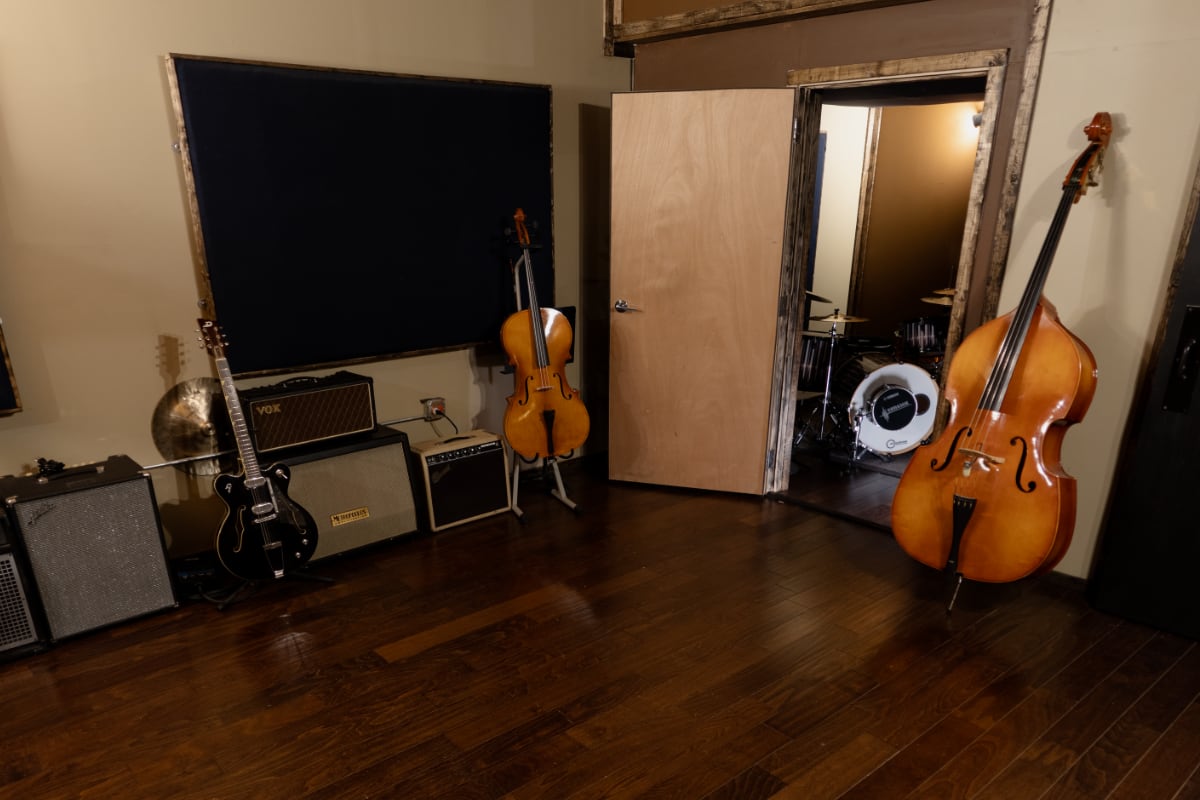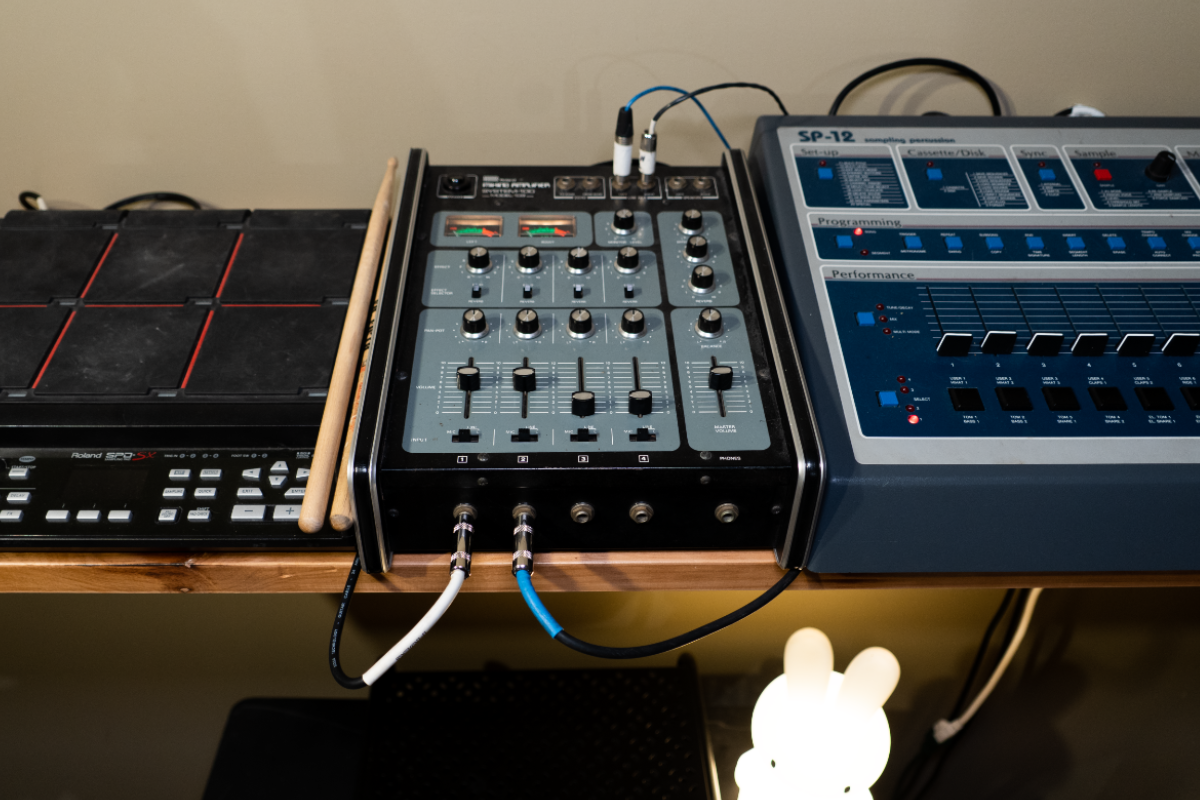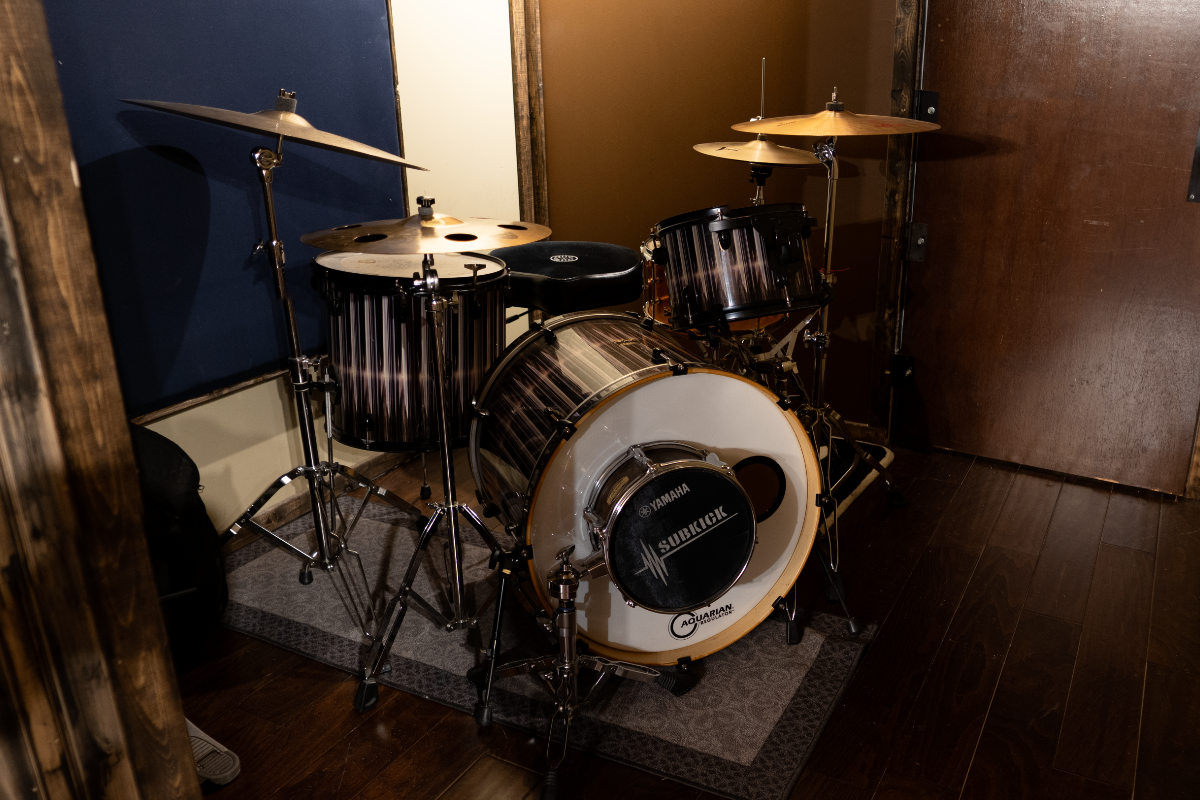Peter CottonTale, aka Peter Wilkins, came of age with Chicago's Chance the Rapper, creating mixtapes together as teenagers and winning Grammys by their early 20s. The keyboardist, producer, and all-around sonic architect has served as the musical director for concerts around the globe, and has gotten the opportunity to record in some truly world-class studios.
Together with a close community of musicians and engineers, CottonTale has taken the best of what he's learned in those environments to create RCM Studios.
The name is a mission statement: Record Chicago's Music. And to make it happen, CottonTale, head engineer Mason Bonner, and company have built out a space with some of the best tools and techniques of the trade. But they also keep their booking rates affordable in an effort to help grow the next generation of Chicago's talent, without losing it to Los Angeles or New York.
If you've heard any of the music CottonTale's behind, whether his 2020 solo debut Catch, his work with The Social Experiment, or his productions for Chance, you'll recognize his style: live instrumentation and vocals rooted in funk, jazz, and gospel expertly mixed with modern beatmaking techniques. RCM's layout allows these elements to blend seamlessly: Separate zones are able to act as their own production studios, but are also connected to each other for quick file-sharing, with plenty of space for group vocals or full-band performances.
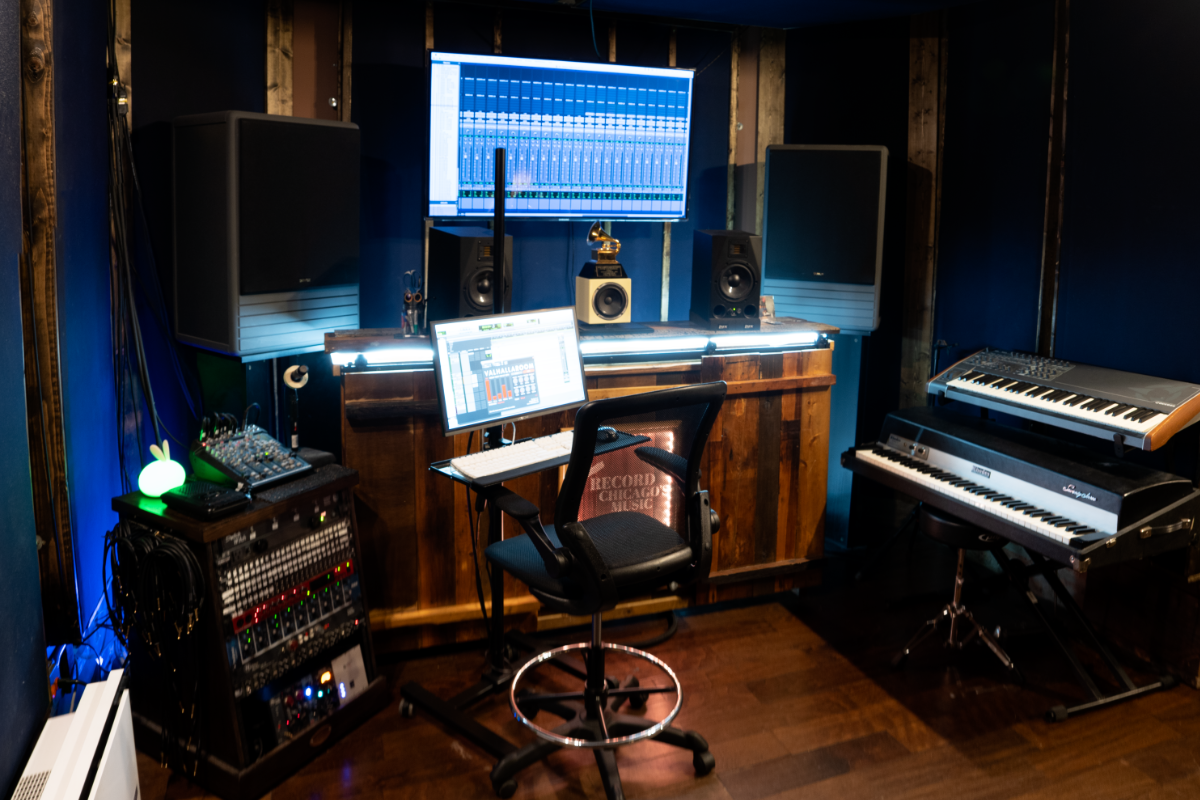
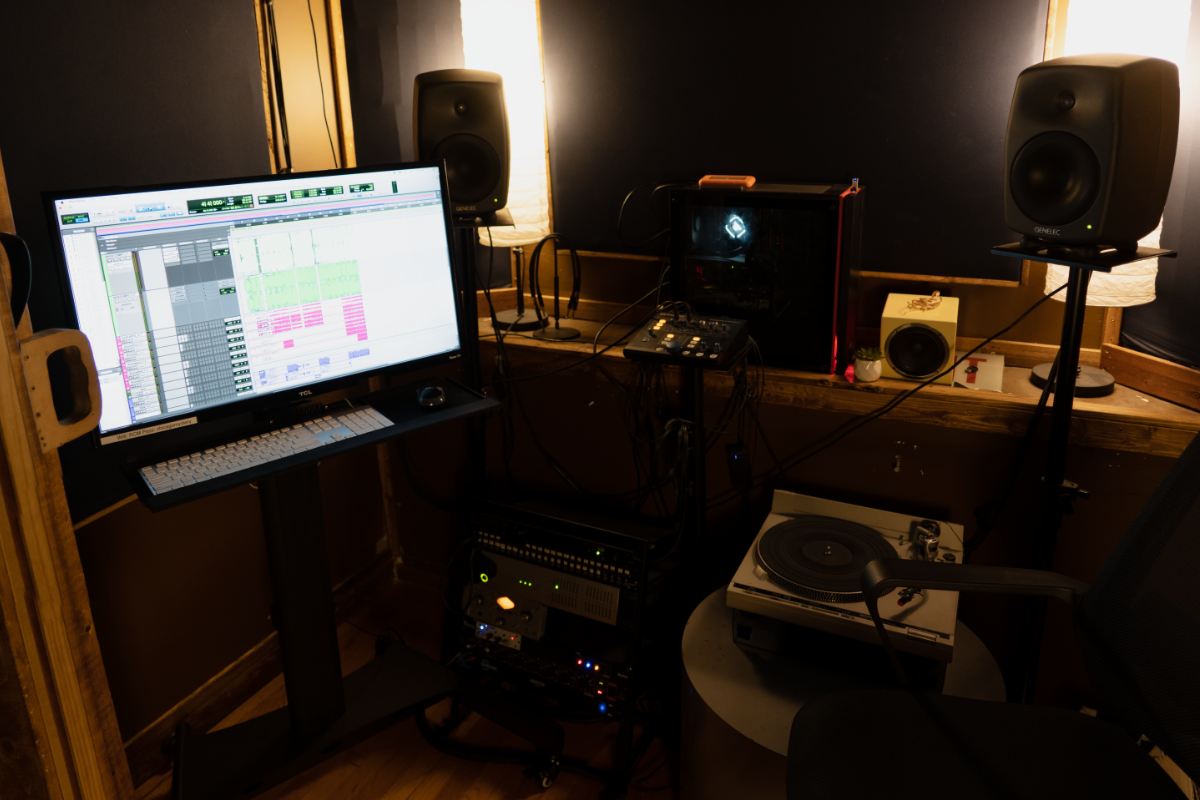
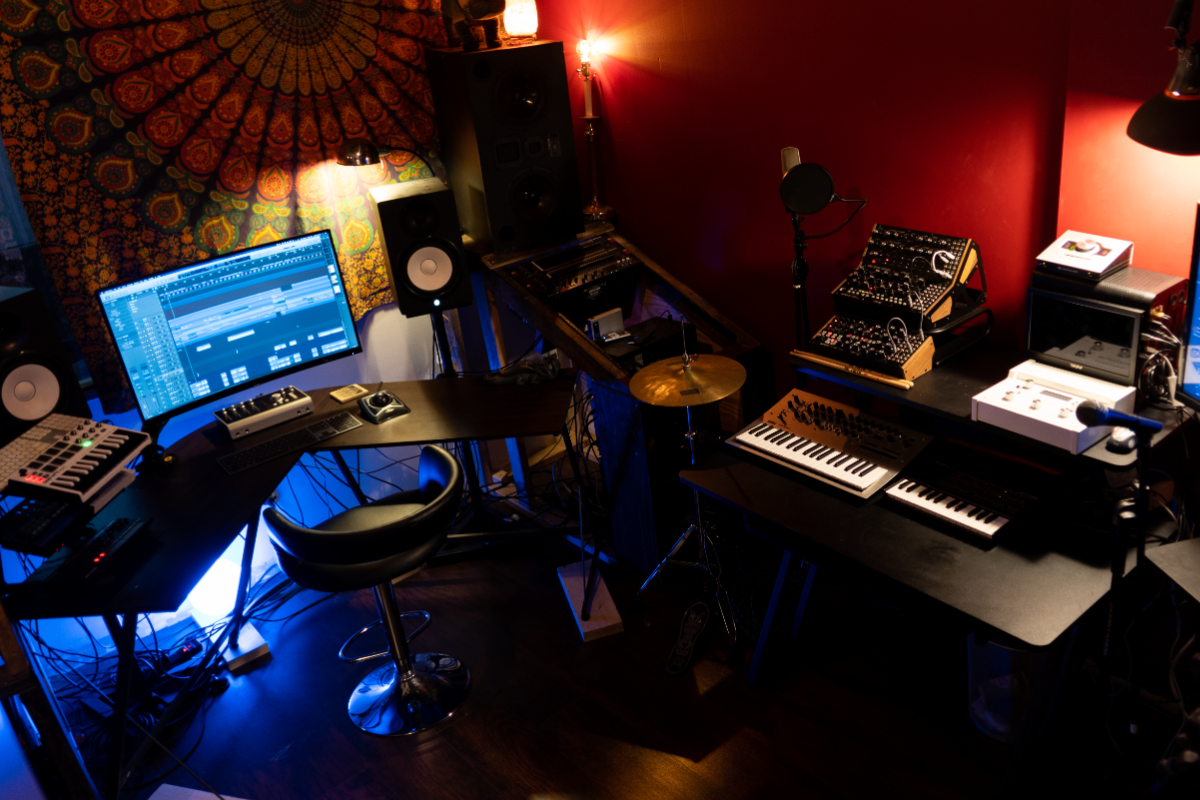
"It's something that I think my generation of music-makers really does well: We not only utilize the control room, but we go in different sections of any studio that we're in and set up workstations that help us refine certain elements of the music one step at a time," CottonTale says. "For example, working on The Big Day or Coloring Book with Chance, of course we'd be in the main control room either digging out vocals or going through stems or sending out files. But a booth over you'd have a whole other monitor setup where someone was dealing with all the programmed drum aspects of the record. And then a room over from that you'd have a small little computer with an HDX setup recording maybe four or five people singing a background idea at one time."
"It's critical for the way people write and make bigger records these days to be able to touch aspects one station at a time and have different producers or sections of your music department over those things," CottonTale says.
Some of the reasons they've set things up this way come from what CottonTale wished he had in other studios. While working on records with The Social Experiment and Chance, they often confronted the same problems: either running out of physical space or running out of ways to connect the various devices they were working on.
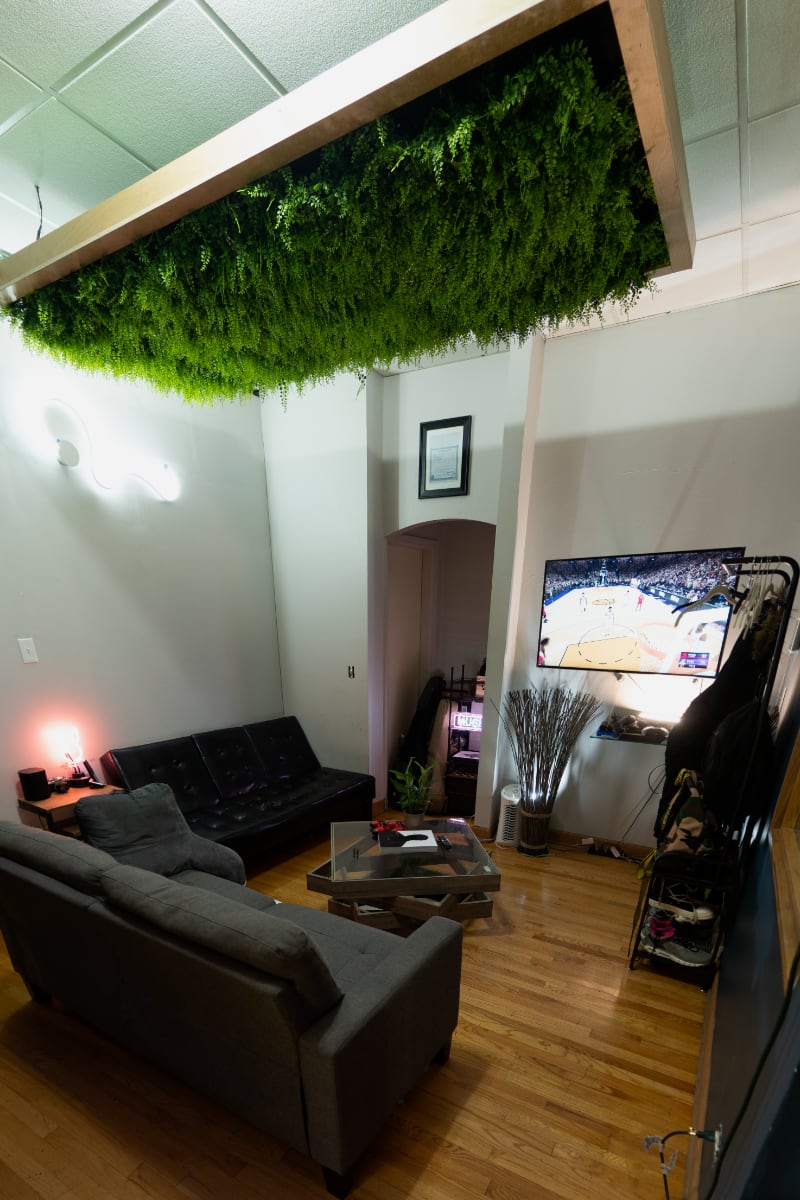
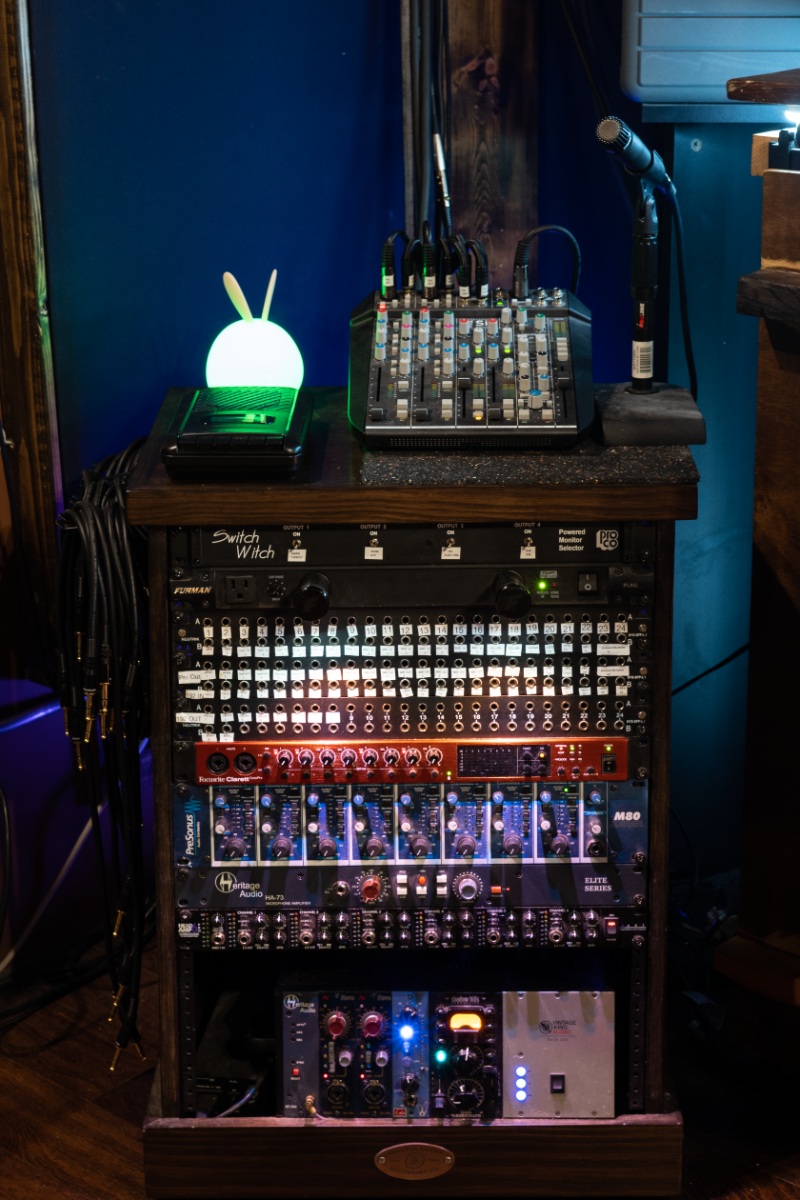
But one of the principle places from which RCM takes inspiration is Shangri-La, Rick Rubin's historic residential studio in Malibu. Of course, RCM is not a multi-million-dollar piece of California real estate, but what it shares is the always-on and always-connected mentality.
"It's a compound. All their rooms are ready to record, even the living room. If you want them to pull a mic into the bedroom, there are inputs everywhere. Literally, anywhere. There's a cathedral down the hill that has a reverb room," CottonTale says. "He turned the property into a recording property. He made use of pretty much everything on the land."
That same modular, plug-and-play spirit is alive at RCM. In all, there are three studios (A, B, and C), each with its own recording and monitoring stations, along with shared common spaces.
"I worked at a lot of larger studios before, but with us trying to be a smaller budget studio, I was trying to outfit the rooms with enough gear so that every room could do a lot of audio inputs—so at least 16 pres [including Neve 1073s, Focusrite Claretts, and a custom, Neve-outfitted PreSonus] and channels of audio record, and just being able to plug in everything," Bonner says. "The little things that people ask for that some people aren't actually able to do at a lot of studios, like having producer setups, multiple speakers, eighth-inches to just plug laptops into pres to record them directly into Pro Tools."
The largest, Studio A, has a 25'x25' live room, along with a separate keyboard area with CottonTale's own rig, which includes an Oberheim OB-3 drawbar organ, a Fender Rhodes (after favorites like Herbie Hancock and Chick Corea), a Roland Juno-Di, and others.
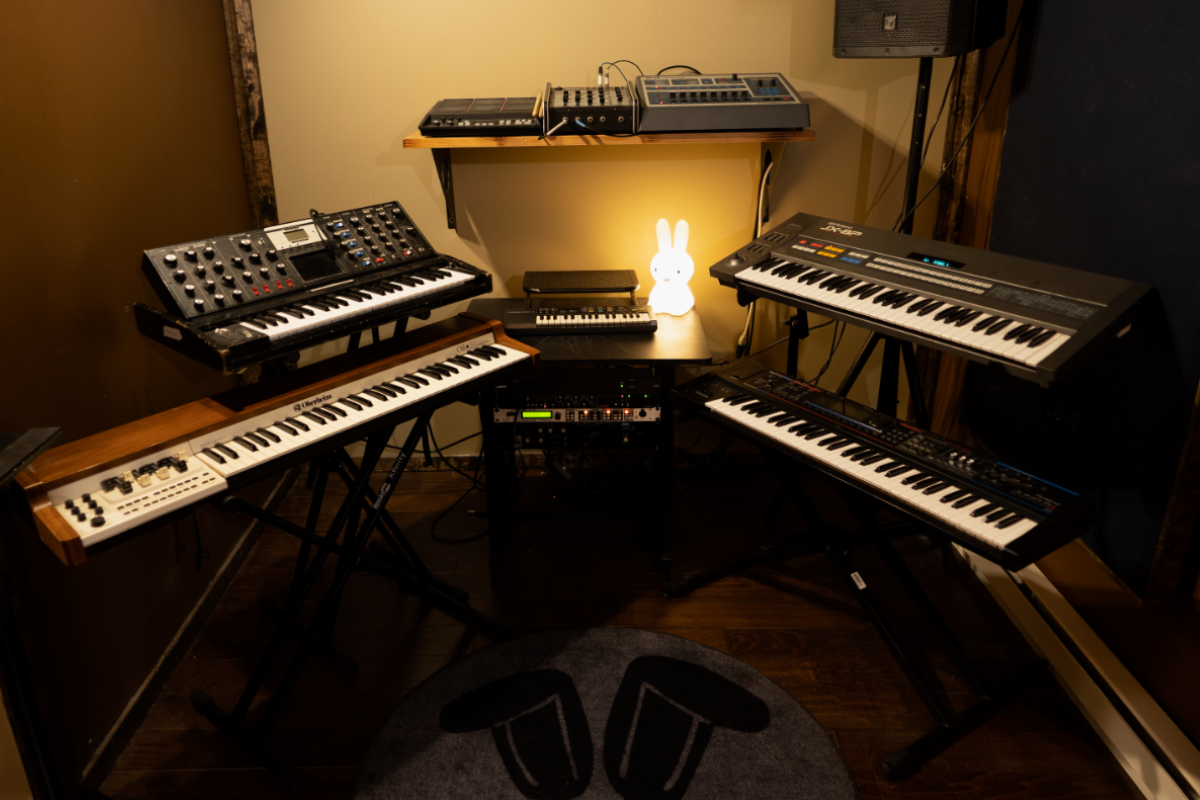
"Usually my setup is pretty interesting. It consists of the boards that I've toured with, 'cause I do a lot of music direction and I want to keep sounds consistent. So that's the Juno, that's the Moog Voyager," CottonTale says. "As far as personal sounds, I've been really blessed to get donated some keyboards from good friends, like a Virus TI donated to me by Francis and the Lights—great friend, he used it on a lot of his records. A lot of keyboards and stuff like that have exchanged hands throughout our friends because we believe in circular equipment sharing."
The keyboard station is typical of the interconnected nature of the studio. The rig is plugged into an Apollo interface with ADAT running in and out to the control room. When working with various artists on sessions, CottonTale says, "Getting those stems out as quickly as possible, so we won't spend two hours consolidating and moving it from one computer—having that was a streamlined process that just made creativity happen that much faster."
"That's a typical session. Make sure everything's plug-and-play, and make sure we can capture it immediately," he says.
Another current focus of RCM Studios (as it is for so many others) is livestreaming. The coronavirus pandemic has of course changed the music-making landscape in many ways, not least of which with the rise of virtual performances. Studios across the country have sought to work remotely with artists or have become performance venues of their own, broadcasting concerts to Instagram, Twitch, or other platforms.
RCM actually got into streaming a bit earlier than most, but not because they saw the looming future. "We were originally trying to stream video games [laughs]," Bonner says.
"At the beginning of the pandemic, we were already interested in streaming, not knowing that we would be locked in this stage where we have to. So we actually bought all the streaming gear and equipment probably two weeks before the pandemic shut down Chicago," he says.
During the pandemic, they've hosted livestream performances for a number of artists and virtual events, including Manifest and Bonnaroo. (Using the Audiomovers plugin, they've been live-mixing remote clients as well, mixing at RCM while artists perform at other studios.)
"It's a different day and age, where the studio is becoming a venue now, and we have to accommodate people as such," CottonTale says.
To that end, they're offering livestreaming services to artists in Chicago: whether pre-recorded streaming, post-production editing, or even digital classes they'll be hosting soon on RCM's Twitch and Instagram channels.
This all ties into their larger goal, that stated intention to Record Chicago's Music. "A lot of these things in the studio—the connectivity, or even just having the studio—came out of me needing something, or me being a producer and thinking, 'Why don't I have this? Why doesn't this exist?' So Record Chicago's Music is about providing people access who don't have the access of recording. I'm very personable, and so is the staff here, and so is our budget and our prices. It's very accessible. We just want to provide opportunities for people who want to create and become a space of creative incubation."
To learn more about RCM Studios, visit their website here.

